Tag: Indian Himalayas
Top Places to Visit in Ladakh

Located at a height of more than 3,000 meters above the sea level, Ladakh is colloquially referred as, ‘a land of high passes’ in Tibetan language and it is a part of the Jammu and Kashmir state of India. The largest town in Ladakh is Leh. Ladakh as a destination can be depicted as a dreamland for visitors seeking captivating scenic beauty and natural wonders. Visualise those snow-capped Himalayan and Karakoram mountain ranges, deep gorges, verdant landscape, gurgling streams and one can conjure up an overwhelming imagery of a landscape – oozing with mystery and intrigue. Far from the urban cacophony, this place is a whole new world, where you can feel close to yourself amidst tranquil ambience and splendid natural beauty. We have picked up some top places in and around Ladakh, which you should visit to explore the best of this land.
Zanskar valley

Zanskar valley is a sub-district of Kargil, which is flanked by the Himalayan Range of mountains and the Zanskar Mountain Range. Inhabited by about 14,000 people, most of them being Buddhists, this valley is one of the remotest parts of Ladakh. This place was named after the Zanskar river, which flows through the valley. It stays closed for about eight months in a year due to heavy snowfall. During winter, one can reach this valley only on foot through a majestic path, made up of a frozen river. The inhabitants of this valley still follow their age-old traditions and culture, which is one of the main attractions for the tourists. Their livelihood revolves around their cattle, as they continue to live a semi-nomadic life. The town of Padum is the largest town in this valley with a population of around 700 inhabitants and the rest of the region is sprinkled with small villages situated on the highlands.
Pangong Lake

Situated at a height of 4,250 meters on the Changtang plateau in the eastern Ladakh region, Pangong Lake or Pangong Tso is one of the largest brackish lakes in Asia. It is also known as a hollow lake and freezes completely during winter, despite its saline water. Around 160 kilometers away from Ladakh and sprawling over an area of around 100 kilometers across the borders of India and China, this magnificent water reservoir appears like a surreal creation of nature. Due to its brackish water, sunlight creates some awe-inspiring visuals of light. During summer, this lake becomes a temporary home for a number of migratory birds such as the Bar-headed goose and Brahmini ducks. One requires a visiting pass from the deputy commissioner of Leh to visit this lake, as it falls under army control.
Tso Moriri Lake
Situated at an altitude of around 4,500 m, Tso Moriri is a fresh-water lake, which is famous for its pristine and exotic setting. This lake is also located in the Changtang plateau in the eastern Ladakh region like Pangong Lake, and it is entirely within India. Officially, this region is called the Tso Moriri Wetland Conservation Reserve. The road journey from Leh to Tso Moriri Lake offers some remarkable views of an altering landscape from a rugged terrain to verdant scenery. This is also one of the favourite places for bird watchers, who visit this lake during the season of summer when many migratory birds make this place their breeding ground such as: the endangered Black-necked cranes, Bar-headed geese, Brown-headed gulls, Great crested grebe and Ferruginous pochard among others.
Lamayuru Monastery

The Lamayuru monastery is one the most beautiful monasteries in Leh-Ladakh. Located at an altitude of around 3500 meters, this is the oldest Tibetan Buddhist monastery, about 127 Kms from Leh. The barren yet beautiful landscape around this monastery creates an atmosphere of the lunar surface. It is maintained by the Red Hat sect of Buddhism, in which monks wear orange robes and perform old rituals. The most stunning aspect of this monastery are caves, which are carved out of the mountains in an exquisite manner. Other attractions of this monastery are wall paintings, murals, scriptures, and Thangkas.
Kargil
Situated on the banks of the Indus River, Kargil is the second largest town in Ladakh, situated 234 kilometers west of Leh. Blessed with a number of scenic attractions, this sleepy town became famous during the 1999 War between India and Pakistan. In the earlier 19th century, Kargil was a busy town, which had a trade route to and from Afghanistan, China, India and Turkey. Overlooking the snow-capped mountains on all sides, Kargil has an old world charm to it and it is considered as a perfect destination for adventure enthusiasts, who can enjoy trekking and mountaineering here.
Nubra Valley

Located around 140 km from Leh, Nubra Valley is a part of the famous Silk Route. This valley is also known as “the valley of flowers” as it is complemented by some rare and beautiful flowers that fill colours in its lush green landscape. It is a land of tranquil atmosphere and everlasting splendour, overlooking the glaciated peaks of the Karakoram Range. This undefiled place presents an awe-inspiring imagery, which appears as if it is taken from the books on modern art. Two rivers named as Nubra and Shyok that pass through the valley sustain the exotic flora and fauna of this place.
Diskit Monastery

Located 120 kilometers away from Leh, Diskit Monastery is also known as Deskit Gompa or Diskit Gompa. This monastery belongs to the Yellow Hat (Gelugpa) sect of the Tibetan Buddhism and founded by Changzem Tserab Zangpo in the 14th century, which makes it the oldest Gompa in the Nubra valley. The main attraction is a golden Buddha statue, which is 32 meters tall and looks majestic amidst the serene ambience. One can also visit Lachung Temple and Hundur Monastery, which are located nearby. There is a massive prayer hall in this monastery, which is complemented by some stunning images of the guardian deities. Every year in the month of February, a festival is organised in this monastery, which is known as the “Festival of the Scapegoat” and attended by the local people. This festival gives insight into the ancient traditions and rituals of Buddhism.
Magnetic Hill

Located about 30 Kms from Leh towards Kargil, this is one of the most fascinating places in Ladakh. It is a small stretch of road, which is known as “Magnetic Hill” or “Gravity Hill” of Ladakh. This curious natural phenomenon occurs due to the unique layout of this area, which creates an optical illusion of the road being uphill, actually, it is a downhill road. In fact, this hill pulls any vehicle towards it with its magnetic force.
Shanti Stupa
The Shanti Stupa is a Buddhist white-domed stupa on a steep hilltop in Chanspa, at a height of around 4200 meters. It was constructed by a Japanese Buddhist Bhikshu Gyomyo Nakamura in 1991, as a part of the Peace Pagoda Mission. This holy place is not only known for providing a stunning panoramic view of the region, but also for holding the relics of the Buddha at its base, which were preserved by the 14th Dalai Lama. One can savour some amazing views of the sunrise and sunset from this Stupa.
Best time to visit: The best time to visit Ladakh is during the summer season of the region, from June until September. The weather stays clear during this period with an average temperature range during the day is about 20–30°C, but it drops sharply at night. During the months of July and August, trekkers head to Ladakh, when the Manali-Leh and Srinagar-Leh highways are open to vehicles.
By Air: Regular fights to Leh from Delhi, Jammu and Srinagar airports.
By Road: There are two routes. Srinagar to Leh and Manali to Leh.
Srinagar to Leh: The 434-km Srinagar-Leh road. This road stays open from mid-May and November. One can also board the buses of the J&K state road transport corporation.
Manali to Leh: The 473-km Manali-Leh road. Open for traffic from around mid-June to early October. One can also board the buses, operated by the Himachal Pradesh tourism and the J&K SRTC.
Enjoy a gratifying and customised trip to Ladakh with us!
Top 10 Must Visit Valleys in India
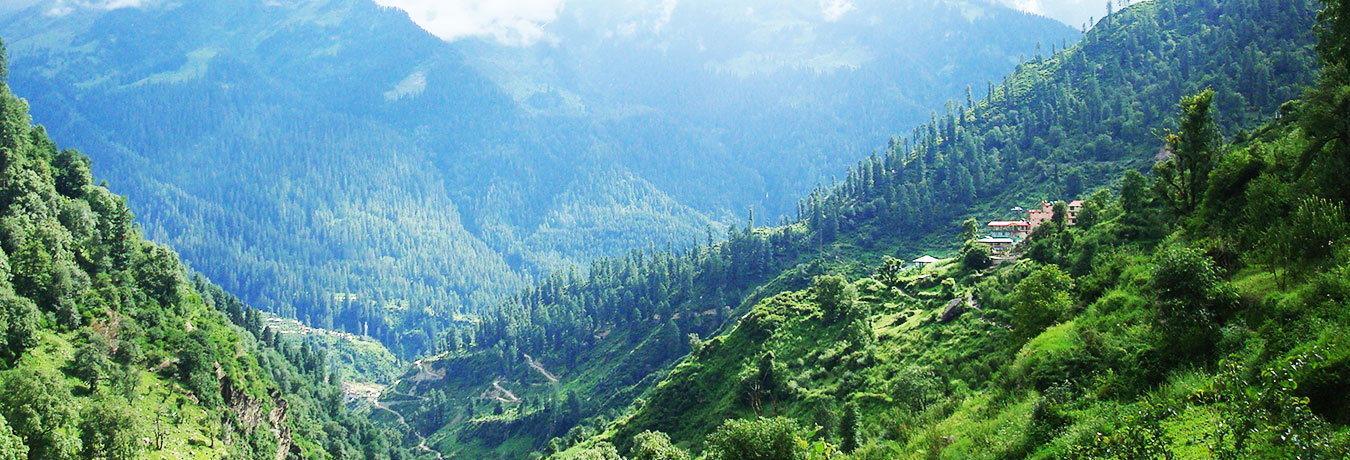
As a traveller, have you ever seen something so intricate, natural, and stunning that it literally swept you off your feet? Visualise a place, which is bestowed with exotic flora and fauna, majestic mountains, and sparkling rivers – we are talking about some stunning valleys of India, which will simply leave you awestruck. Let’s talk about these natural wonders of India, which are worth exploring for any ardent traveller.
Zanskar Valley, Ladakh

Zanskar valley is located in the south-west region of Leh at an altitude of 13,154 ft and spread over an area of 5,000 sq km. This valley is named after the Zanskar River, which flows down from the mountain and waters the rose bushes and other herbal plants in this valley. Nestled amidst snow-capped mountains of the Himalayan range, this is one of the most beautiful valleys in the world. The ravine provides captivating views of the surreal beauty of nature and attracts many tourists. You should know that it remains inaccessible for about 7 months of the year due to heavy snowfall. The Zanskar River freezes and turns into a captivating sheet of snow during winter, which is popularly called as the Chadar trek. A few tourists come here especially in winter to relish the opportunity of trekking on this challenging terrain. Besides that, many visitors come here to explore the ancient Buddhist monasteries. During summers, travellers enjoy white water rafting on the Zanskar River.
How to reach:
By Air: The nearest airport to Zanskar is at Leh. Leh is well connected to major cities like Jammu, Srinagar and Delhi with major airlines flying into Leh. Hire a taxi from the airport or you can go for shared taxis or buses to get to Zanskar Valley.
By Rail: The nearest rail head is Jammu. After getting off at the railway station, one can take a shared bus to Zanskar Valley via Kargil.
Where to stay:
You can stay in the Jammu and Kashmir Tourism Bungalow. Other options are three guesthouses and some campsites in Zanskar. Padum town, which is situated at a distance of 19 kms from Zanskar, has a three-star hotel.
Valley of Flowers, Uttarakhand
Nestled amidst the Garhwal hills of the Himalayan Mountain Range, the valley of flowers has been accredited as a World Heritage Site by UNESCO. It is one of the main attractions of the Chamoli region of Uttarakhand. This beautiful canyon is fittingly named as the Valley of Flower, as it is blessed with a fabulous assortment of gorgeous flowers, which fill up the valley and create an enthralling panorama. In fact, there are some rare varieties of flowers here, such as: the blue Himalayan poppy, Himalayan bellflower, Morina longifolia, Himalayan maple, and brahmakamal – interestingly, these flowers are found only on the higher stretches of the Himalayas. Besides regular tourists, this valley is hugely popular among explorers, botanists and mountaineers, who come here either to study the rare flowers or to enjoy trekking. It is also home to some endangered species of animals such as snow leopard, red fox, musk deer, brown bear, and blue sheep. The best time to visit this valley is between mid-April and June, as it remains closed for 7 months in a year due to heavy snowfall.
How to reach:
By Air: The Jolly Grant Airport is the nearest Airport to Valley of Flowers. You can book a cab to reach Govind Ghat. From there onwards, you have to commence trek of 16 kms to reach the Valley of Flowers.
By Rail: The nearest railway station to Valley of flowers is Rishikesh. You can reach Govind Ghat by bus or cab and then you have to commence trek of 16 kms to reach Valley of Flowers.
Where to stay:
No one is allowed to stay in the Valley of Flower region. So, you can stay at Ghangaria or Govindghat, where you will find GMVN Tourist Rest House and Forest Rest House. Private Lodge and Hotels are also available in these two places.
Kashmir Valley, Kashmir
Snuggled between the Pir Panjal and the Karakoram Range of mountains, the majestic Kashmir Valley is blessed with an unprecedented charming landscape. Over the years, this gorgeous valley has not only captured the imagination of the travellers around the world, but also inspired many artists, poets, and filmmakers. With snow-capped mountains, verdant meadows, cascading waterfalls and beautiful groves of pine trees – this is the only place, where you would feel that the blue sky actually reflects the exquisiteness of the lakes, which are complemented by the beds of blooming flowers.
How to reach:
By Air: Srinagar airport is approximately 14 km from the city. There are daily flights to Srinagar, operated from Delhi, Mumbai and Jammu.
By Rail: Nearest rail head for Srinagar is Jammu about 305 km. Trains from Delhi, Calcutta, Pune, Mumbai and other cities arrive at the Jammu Tawi station daily.
Where to stay: There are many options to stay in Kashmir Valley. One can stay in houseboats (known as Shikara locally) in Srinagar. Most of these houseboats anchor along the banks of Dal Lake and Nagin Lake only. Just like hotels, the houseboats of Kashmir are also categorised. There are Deluxe, A-class, B-class, C-class and D-class houseboats in Srinagar. Besides that, there are many hotels in Srinagar, located around the Dal Lake.
Sutlej Valley, Punjab
The Sutlej Valley is named after the famous Sutlej River, which is the longest of the five rivers of Punjab. This beautiful valley is flanked by some striking snow-capped mountains and verdant hills. It is also home to one of the largest Bird Sanctuaries in India, named as the Harike Bird Sanctuary, which has many rare species of birds such as Yellow Clowned Woodpecker, Water Cock and Tufted Duck among others. This valley is perfect for nature walk. The entire region around this valley is also beautiful and one can take a walk through mustard fields and apple orchards.
How to reach:
By Air: Amritsar Airport is the closest airport situated at a distance of 68 km. Hire a taxi or bus from the airport to reach the Harike Wildlife Sanctuary within one and half hours.
By Rail: The nearest railway station is Tarn Taran railway station situated at 33 km south to the sanctuary.
Where to stay: There are many hotels and rest-houses around 10 km from the Harike Wildlife Sanctuary.
Kangra Valley, Himachal Pradesh
Besides its incredible natural beauty, the Kangra Valley is a worldwide popular destination for the Kangra Fort and Masroor Rock cut temple, which is declared as a World Heritage site by UNESCO and popularly known as ‘The Himalayan Mountains.’ The beauty of this valley lies in its fascinating layers of pine trees and orchards. There are many rivulets in this valley, which are replenished by the glaciers and help in sustaining the incredible ecosystem of this place. The best time to visit this valley is in the month of April. To enjoy the breathtaking views of this valley, one can board the Kangra Valley Railway and soak up the beauty of this region.
How to reach:
By Air: The nearest airport at Gaggal in Kangra is at a distance of 7 km, this is the nearest airport. There are daily flights from Delhi to this place.
By Rail: The nearest broad gauge railhead is Pathankot, 70 km away.Pathankot is on Delhi Jammu Railway line and there are plenty of trains to choose from at different timings.
Where to stay:
There are many hotels and resorts in Dharamshala, 31 km away.
Dzukou Valley, Nagaland
Located on the border of Nagaland and Manipur, the Dzukou valley is one of the most picturesque valleys in the northeast region of India and attract trekkers from all over the world. This amazing valley turns into a carpet of wild flowers in spring, which are watered by two streams of the Japfu and the Dzukou rivers. Besides flowers, this entire valley is flanked by bamboo trees, which create a kind of boundary around these flowerbeds – and these elements blend together to create some remarkable sights. Nature lovers, botanist, and explorers frequent this place – as there is something for everyone and possibly that is why they call it the “Valley of Flowers of the North East.”
How to reach:
By Air: The nearest airport is Dimapur, 91 km. Dimapur gets flights from Delhi, Mumbai and Bengaluru.
By Rail: The nearest railhead is Dimapur, 91 km. You can book a cab or board the NST (Nagaland State Transport) bus from Dimapur to reach here.
Where to stay: There are many hotels and resorts in Dimapur. But, there is no private facility in the valley, so you have to stay at trekker’s hut.
Ketti Valley, Tamil Nadu
One of the most fascinating facts about the Ketti Valley is that it is the second largest gorge in the world. Nestled amidst the blue Nilgiri Mountains, this gorgeous valley is blessed with a variety of flora and fauna. One can enjoy many activities in this natural paradise such as hiking, trekking, and bird watching. This valley is flanked by beautiful hills, which cover the area from Coonoor to Ooty in Tamil Nadu. You can also take the toy train from Ooty, which runs through this valley, to savour its awe-inspiring beauty. Other main attractions of this valley are: the Shiva Lingam temple, tea plantations and some waterfalls in the area.
How to reach:
By Air: The nearest airport is Peelamedu Airport, 48 km away. You can book a cab or take a bus from there to reach the valley.
By Rail: Ketti has a railway station, which gets trains from the major cities of India.
Where to stay: There are many hotels and resorts in Ketti.
Dibang Valley, Arunachal Pradesh
Dibang Valley is more popular for its wildlife than its overall natural beauty. It is named after the Dibang River, which flows through this valley in Arunachal Pradesh. Another main attraction of this valley is that it is situated near the Indo-China border and divided into two sections. While its upper half belongs to some rare and endangered animals like Gongshan and Mismi Takin, the second half is home to a wide variety of birds. This region is complemented by undulated mountains, waterfalls, and lakes, which contribute to making it a natural paradise.
How to reach:
By Air: The nearest Domestic Airport is Chabua Airport, Dibrugarh, 192 km, and it is well connected to many major cities like New Delhi, Mumbai, Chennai, Kolkata, Bangalore, Ahmedabad, Dimapur and Hyderabad.
By Rail: The nearest Railway Station is Murkeongselek Railway Station from Anini located at a distance of 323 Kms from the district headquarters.
Where to stay: There are some medium to budget accommodations available near the Dibang Valley such as: Circuit House, Minu Hotel, Forest Rest House and Lhasa Hotel among others.
Chambal Valley, Madhya Pradesh
A few decades ago, the Chambal Valley was considered as one of the most notorious places in India, which were ruled by some dacoits. Things have completely changed over the years and now people frequent this valley to savour its scenic beauty. It is named after the Chambal River, which flows through this valley. One of the most fascinating aspects of this valley is that it is surrounded by verdant mountains as compared to the valleys, found in the Himalayan region, which are flanked by the snow-capped mountains. The lush green forests of this valley are home to a variety of flora and fauna. Other main attractions of this place are some prehistoric sites in the form of temples, which are sprinkled across the valley and offer interesting insights about the history of India.
How to reach:
By Air: The nearest airport is in Agra, 70 kms. You can book a taxi or take a bus ride to reach here.
By Rail: Agra is the nearest rail head.
Where to stay: There are many accommodation options available near the Chambal Valley.
Silent Valley, Kerala
Located in the Nilgiri Hills of Kerala, the Silent Valley is home to many endangered animals and birds. This verdant valley is also blessed with some rare plants, which are found in its evergreen forests. In fact, there is a National Park in this valley, which has been specifically created to protect its rare flora and fauna. There are various lakes and hillocks in this valley, which contribute in supporting its fragile ecosystem.
How to reach:
By Air: The nearest airport is Coimbatore, 68 Km. You can book a taxi or take a bus ride to reach here.
By Rail: The nearest railhead is also Coimbatore.
Where to stay: There are many accommodation options available near the Silent Valley.
Planning to travel to India? Check out some Amazing Tours!




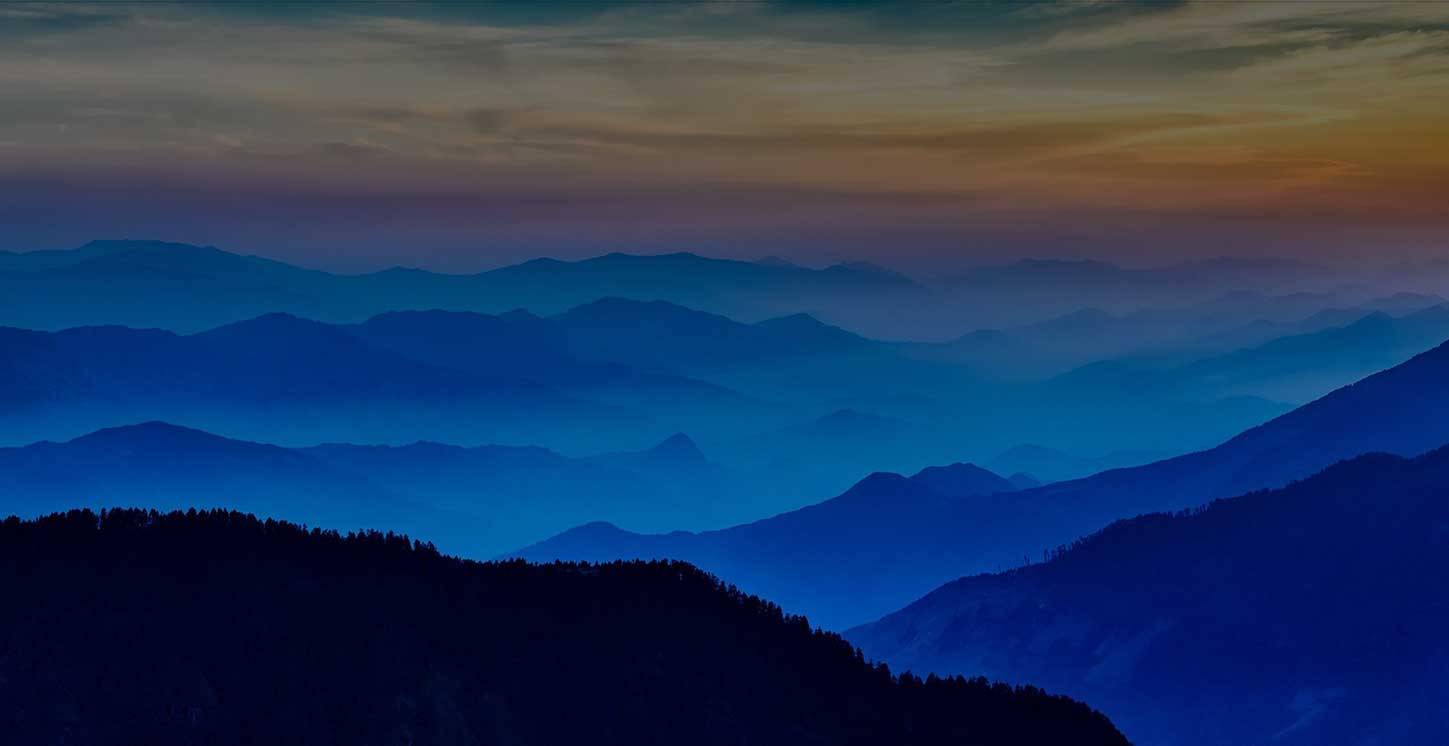
 +1-(765)-586-1210
+1-(765)-586-1210 +44-2030-2689-44
+44-2030-2689-44 +91 124 4361906
+91 124 4361906


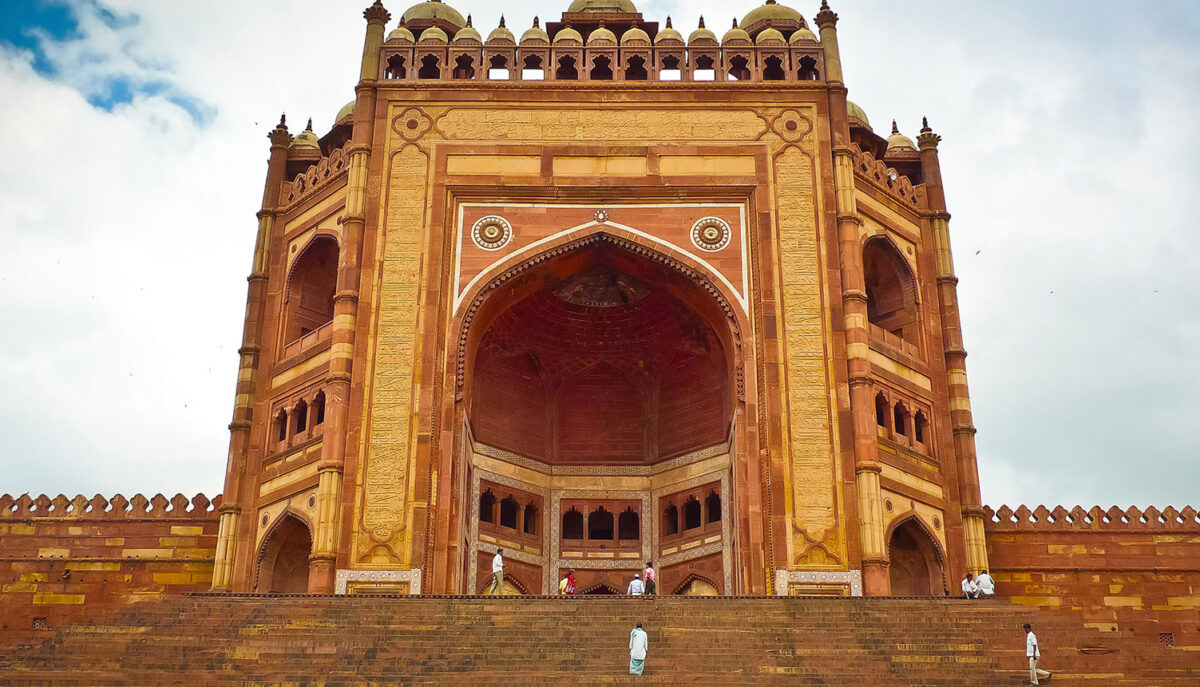
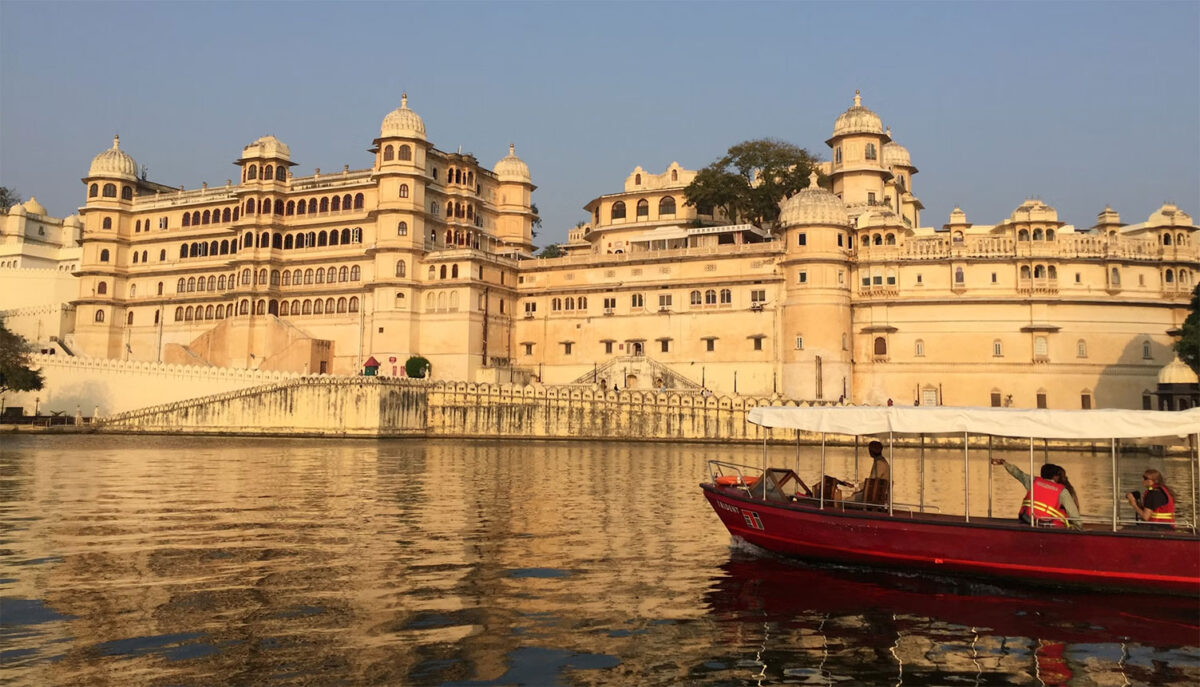

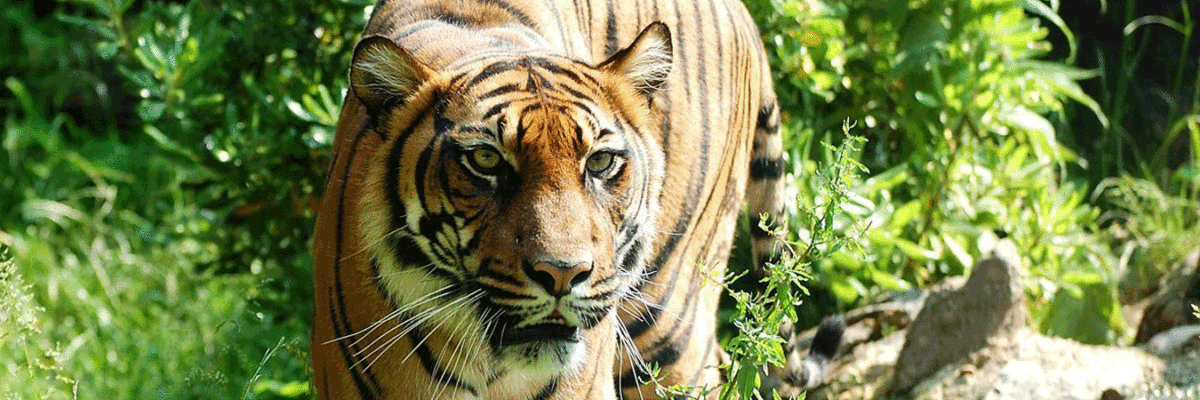
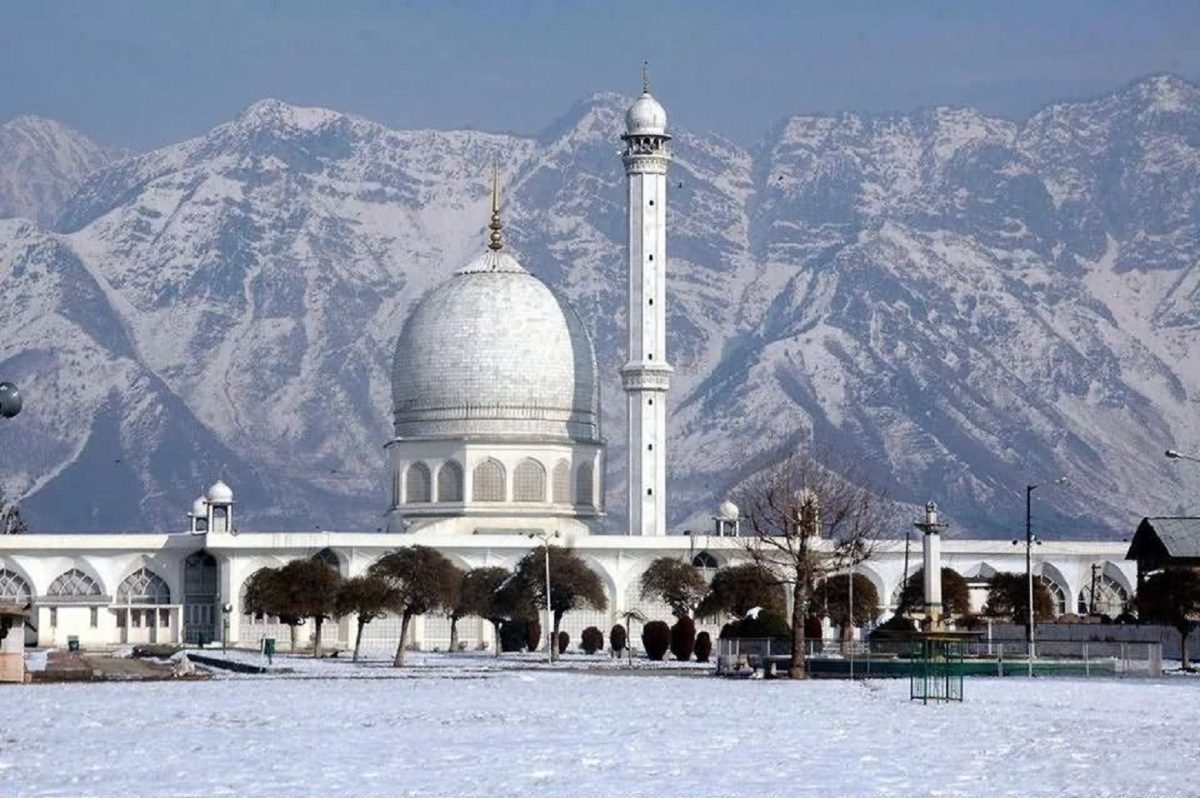


 +1-(765)-586-1210
+1-(765)-586-1210 +44-2030-2689-44
+44-2030-2689-44
